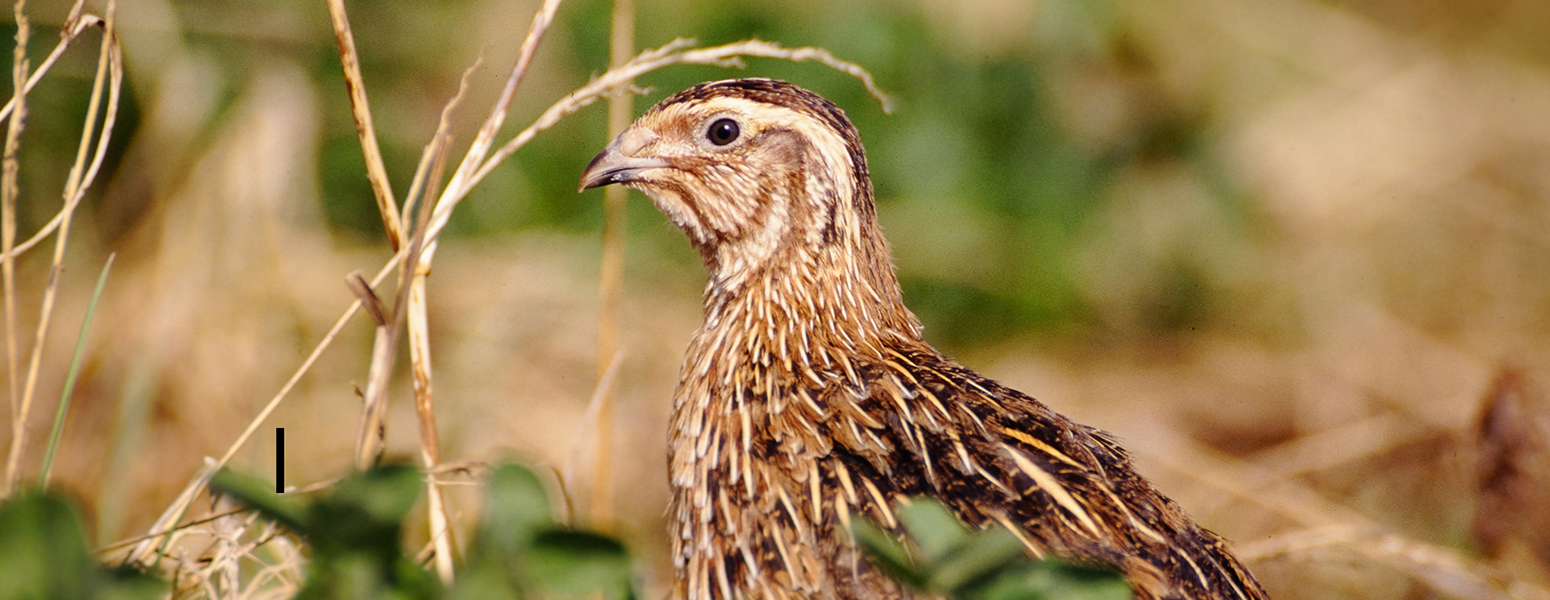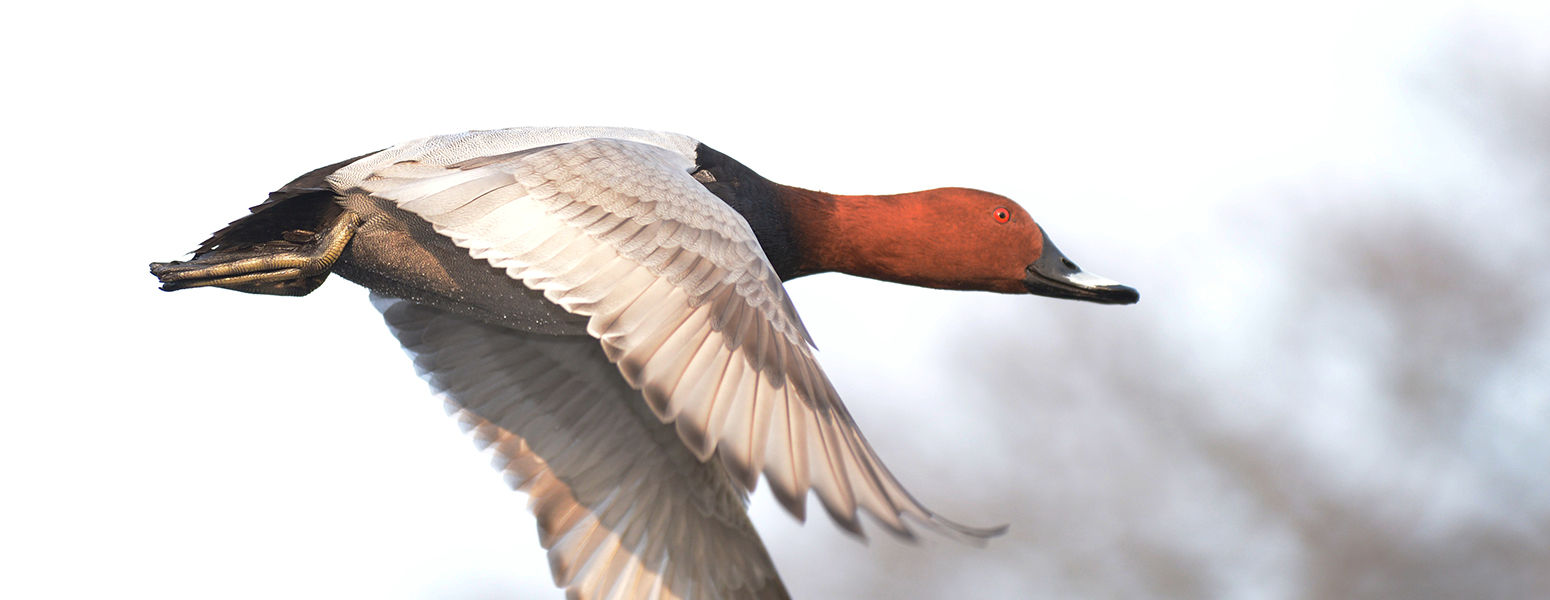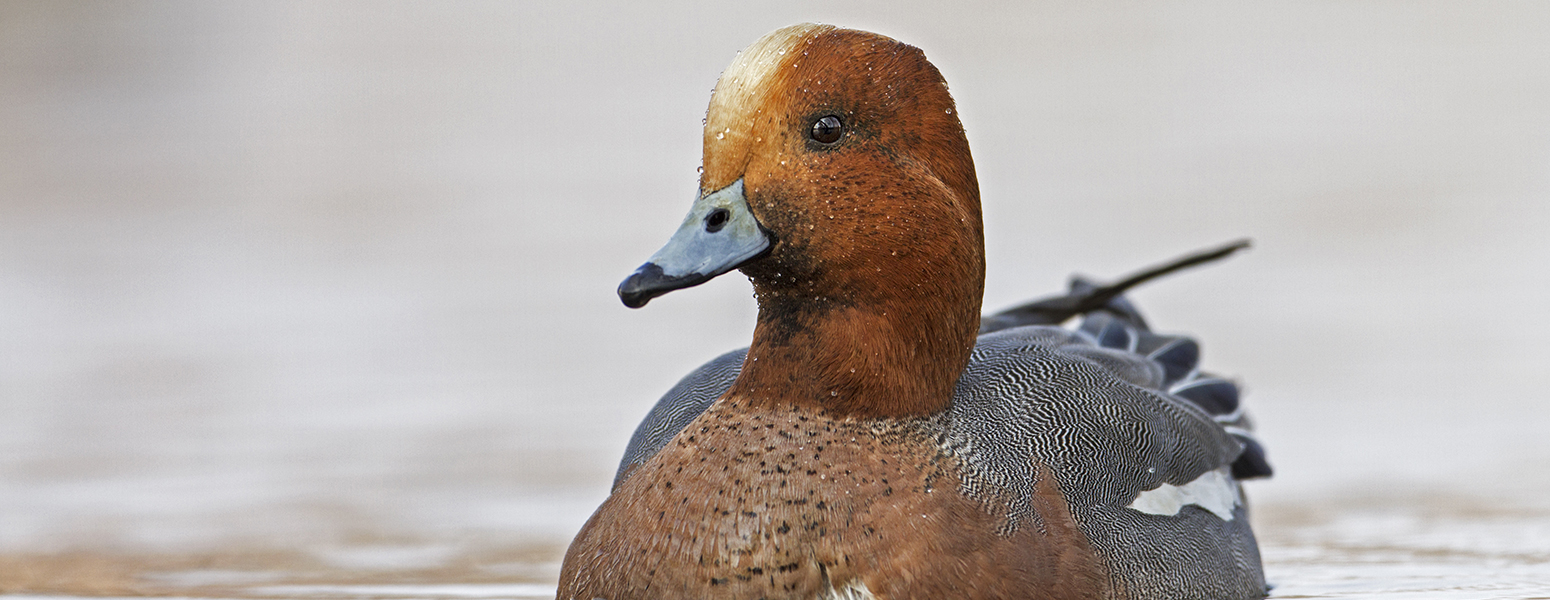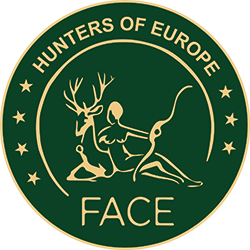07 Oct 2025 European Bird Hunting Developments: Adaptive Harvest Management for Quail, Pochard and Wigeon
Within the EU’s work on sustainable bird hunting, three species have been chosen for the development of Europe-wide Adaptive Harvest Management (AHM) plans: The Common Quail (Coturnix coturnix), the Common Pochard (Aythya ferina), and the Eurasian Wigeon (Mareca penelope). These plans are currently in development, with FACE actively participating in the dialogue. In this context, FACE has produced briefing notes outlining the key parameters to consider during the development phase of the AHMS for each species.

QUAIL:
- The Quail has a very large population (5 to 9 million individuals in Europe). However, its cryptic nature and difficult monitoring produce relatively unreliable population size estimates. It is therefore crucial to generate population monitoring data based on specially tailored methodologies.
- While the EU trend is unknown, it is not believed to warrant an uplisting and is evaluated as Least Concern.
- Given the poor quality of Quail population size estimates, producing a set of management actions in the form of regulatory measures would be the most appropriate approach. Such regulatory measures could include changes in hunting season length and/or in daily bag limits.

POCHARD:
- Assessing the sustainability of Pochard hunting in the EU should be performed at flyway population level.
- The Pochard has two flyway populations covering the EU, and they have been increasing and stable over the last decade, so has been the EU wintering population trend.
- These trends are key parameters to be taken into account when discussing the sustainability of hunting.
- The conservation priority appears to be to increase reproductive success on EU breeding grounds (e.g., nest success and breeding female survival).

WIGEON:
- Assessing the sustainability of Wigeon hunting in the EU should be performed at flyway population level.
- The Wigeon has two flyway populations covering the EU, and they have been increasing and stable over the last decade. In addition, the EU wintering population has been largely increasing over the last 40 years.
- Given the population trends, there is no urgent requirement to adjust harvest levels in the EU for the conservation of the species.
- The conservation priority appears to be to increase reproductive success on EU breeding grounds (e.g., nest success and breeding female survival).
What is Adaptive Harvest Management?
Adaptive harvest management is a modern approach to ensuring the sustainable harvesting of wild species. It offers a systematic method for setting hunting regulations that can be modified over time based on management goals, resource monitoring, and data analysis. Scientific data guides decisions and improves resource management despite uncertainty by learning from management outcomes and reducing doubt. See FACE’s info note on Adaptive Harvest Management.

